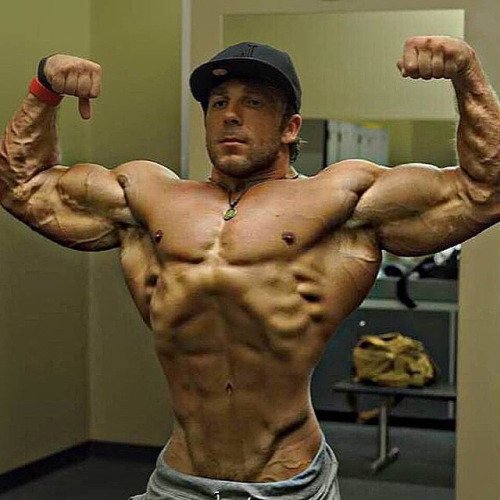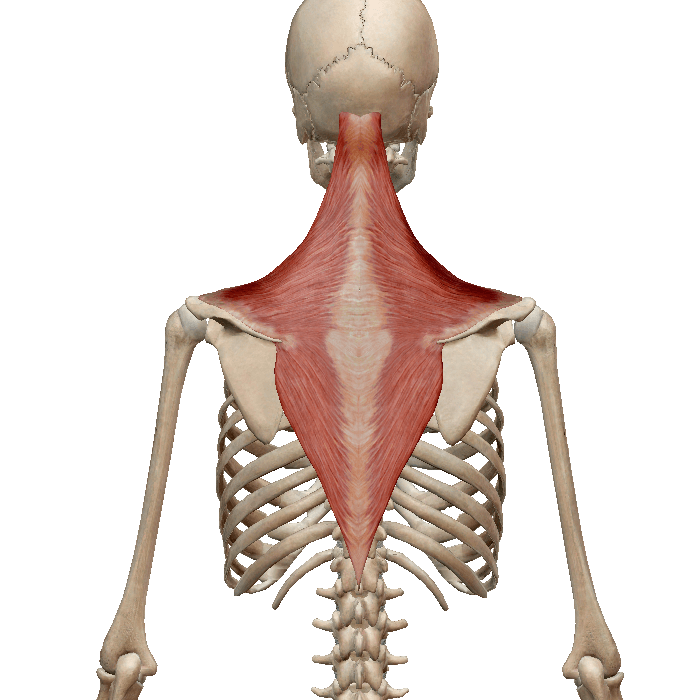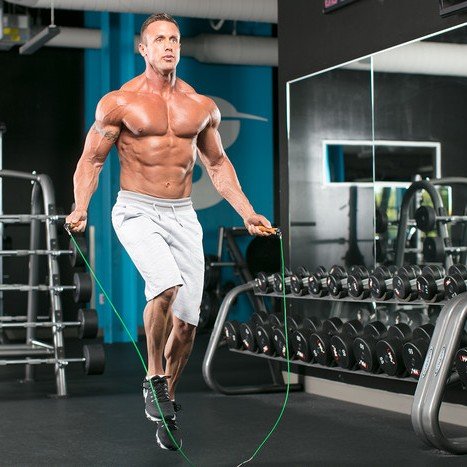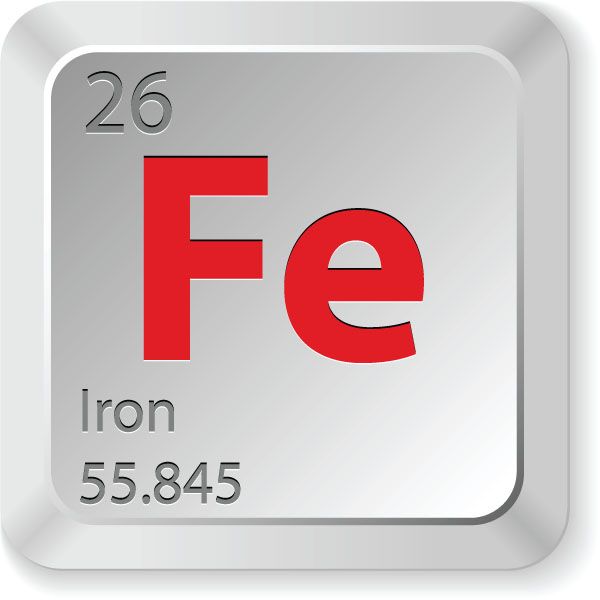By Josh Bryant, MS, CSCS
Integrating a strength-focused phase into your training can pay size dividends—so long as you don’t focus on shortcuts. Who doesn’t want to make this year their best ever for building muscle?
Eight-time Mr. Olympia Ronnie Coleman competed as a powerlifter before he ever set foot on a bodybuilding stage. And long before he was winning Sandows and smashing box-office records, Arnold Schwarzenegger was a strength athlete. One of his early mentors, a British strongman and bodybuilder named Reg Park, earned the respect of every elite strength athlete in his day by being one of the first men to bench press 500 pounds. In fact, the list of bodybuilders who’ve effectively used powerlifting in their training regimens reads like a who’s who of elite bodybuilders.
Powerlifting, correctly applied, can take your physique to the next level. Even if you’re not looking to step on a bodybuilding stage, a strength base can elevate your physique potential.
If your goal is to get bigger, try these five strength-based strategies that will fit easily into your training.
1. LIFT RAW
Prior to 2006, powerlifters primarily competed “equipped,” meaning athletes wore supportive squat suits that in some cases could literally double a lifter’s max and bench shirts that added hundreds of pounds. To give you an example, the current world record in the raw bench press is 738 pounds, while equipped it’s over 1,100 pounds!
Lifting raw in competition means limiting oneself to just a belt and wraps.
Take a look at many of your top raw powerlifters, like Al Davis or Eric Lilliebridge. These guys weigh more than 300 pounds and look like offseason bodybuilders. Contrast them with most (not all) heavyweight equipped lifters. In my opinion, they don’t even look like serious competitors.
Supportive equipment mechanically assists lifters by way of elastic-like energy, which is stored in the suit on the negative portion of the lift. This causes a rubber-band-like effect, catapulting the weight back toward the starting point.
Regardless of where you stand in the debate over raw versus equipped lifting, it makes sense to train in such a way that your muscles lift the weight, rather than becoming proficient at using a supportive suit.
2. TRAIN WITH CONVENTIONAL DEADLIFTS
In powerlifting, there’s nothing wrong with trying to reduce the range of motion as a means of lifting the most weight possible. When it comes to deadlifting, some lifters opt for a sumo (wide-stance) technique, which shortens the range of motion.
However, for bodybuilders, increased range of motion is good thing because of the increased muscle tension and the increased time under tension.
The goal of using powerlifts for the bodybuilder is not to increase mechanical advantage. But bodybuilders should always deadlift. Conventional deadlifts are unmatched for building the posterior chain (back side of the body), an area in which many bodybuilders are lacking.
The aforementioned Olympia winners from Coleman to Schwarzenegger deadlifted heavy with a conventional stance rather than focusing on variations that sacrificed range of motion. You don’t need to focus on those others, either.
3. KEEP YOUR BODYWEIGHT UP
In 2011, bodybuilding pundits gave less-than-optimistic prognostications of IFBB pro Johnnie Jackson’s future in the sport. That was on the eve of his best year to date. I trained Johnnie in 2012, and the first order of business was competing in and winning the deadlift championships at the prestigious Raw Unity Meet (RUM).
Initially, Johnnie was going to compete at just 242 pounds, but his powerlifting training packed on some very serious size. When you’re prepping for a bodybuilding competition, you’ll be in a caloric deficit, which isn’t ideal for training like a powerlifter. Powerlifting training adds bulk, so keep your diet aligned with your training. I even recommend you compete in a powerlifting meet as a measurement of your goals and just for the sheer adrenaline rush.
First and foremost, if you’re looking to add size, remember you’re using powerlifting as a means to an end. Stay big—don’t cut weight!
4. SQUATTING FOR GROWTH
Raw powerlifters often squat with a closer stance than their equipped counterparts. Equipped powerlifters take an overly wide stance to maximize elasticity of their suits and minimize the actual length of the movement.
Narrow- and wide-stance squatters have similar EMG (electrical activity of muscles) of the quads, but a stance shoulder width or slightly wider will require more mechanical work. If you’re looking to increase strength, go for the greater work.
Squatting Too narrow could also cause you to use less weight and therefore provide less of a stimulus for growth. The happy medium is a shoulder-width stance to a slightly wider stance to lift the most weight possible and do the most work.
5. BENCH PRESS FOR GROWTH
When it comes to benching, a competitive powerlifter is concerned only with moving the barbell from point A to point B as efficiently as possible. But you’re not worried about the movement; you’re after enhanced muscular development.
This means there’s absolutely no need for the excessive arching some powerlifters do—a technique that shortens the range of motion and turns the motion into more of a decline press. Again, why look for the easiest route? Stick with full range of motion; it’s better for overall muscular development.
Touch the barbell at the bottom of the lift anywhere between your nipple and your sternum, controlling the negative portion of the rep, and explode on the positive, which will minimize momentum and maximize muscular tension.
Excessive arching and recklessly heaving barbells have no place in training for muscle size.
FINAL THOUGHTS
Aside from in-the-trenches evidence, researchers have also taken a look at the training differences between bodybuilding and powerlifting to determine which is more significantly linked to greater gains in size, strength, or both.
A 2014 study published in the Journal of Strength and Conditioning Research compared gains in muscle hypertrophy and strength in well-trained young men.1 One group performed a powerlifting regimen, the other a bodybuilding-oriented one. The results in hypertrophy were nearly identical in both groups. However, the powerlifting-type training was superior for enhancing muscle strength.
Now that you’re current on the best variations and methods of powerlifting moves, make sure you’re putting together a routine that will optimizes strength building.
Powerlifting, correctly applied, can be an effective weapon in your offseason muscle-building arsenal. Just don’t look for any shortcuts.
Source: Too





Bhuwan Sinha
2016-03-22 21:00:30
wow
sarjeet
2016-03-22 21:00:30
hii